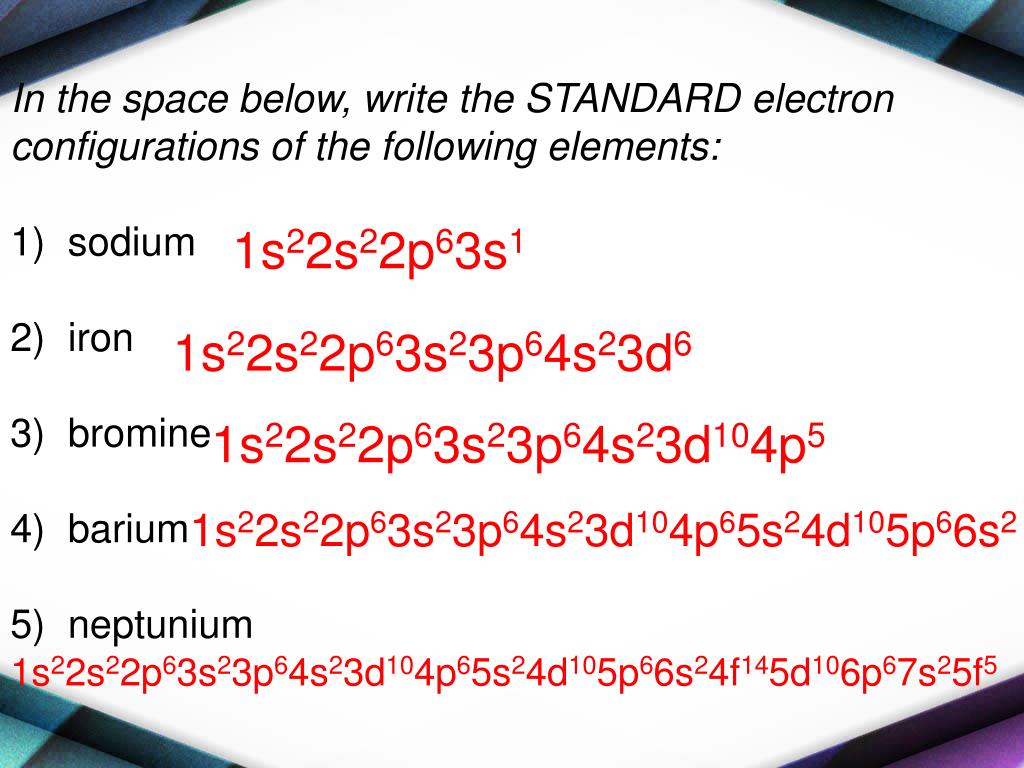


O’Reilly & Associates books may be purchased for educational, business, or sales promotional use.

Published by O’Reilly & Associates, Inc., 1005 Gravenstein Highway North, Sebastopol, CA 95472. The oxygen-isotope data suggest that jadeitite-depositing fluids either had multiple sources or evolved in composition along their flow paths (or both).,COPYRIGHT.196 Page ii Friday, Novem1:18 PMĭesigning Large-Scale LANs by Kevin Dooley Copyright © 2002 O’Reilly & Associates, Inc. Although crystal-chemical effects may explain some of the trace-element systematics (e.g., preferential incorporation of REE into Ca-richer jadeite), some kinetic control is suggested by sector-zoned, rhythmically zoned grains. Some of these elements.in particular Li, Rb, Sr, Ti, Hf, Zr, Y, and REE.are unlikely to have been derived from serpentinite. Abundances of many trace elements are greater in green-CL jadeitite compared with the red- or blue-CL zones. These data and electron-microprobe, major-element analyses document the association of green CL with increases in Ca, Mg, and Cr: (1) toward grain exteriors (2) in fine-grained matrix around porphyroblasts (3) in shear zones that cut grains (4) in former open spaces now filled with jadeite or (5) in veins. The CL images were used to order the data into crystallization sequences. Jadeite grains in each rock grew in cycles that began with red- and/or blue-luminescent and ended with green-luminescent zones. Jadeite grain compositions indicate these fluid compositions changed with time.ĬL imagery guided the acquisition of oxygen-isotope and trace-element analyses with the ion microprobe. Scanning electron microscope (SEM) and cathodoluminescence (CL) petrography of jadeitite samples from several major occurrences show that grains were deposited from fluids. Jadeitite, a rare high P/T rock, is associated spatially with blueschist and/or eclogite terranes.


 0 kommentar(er)
0 kommentar(er)
